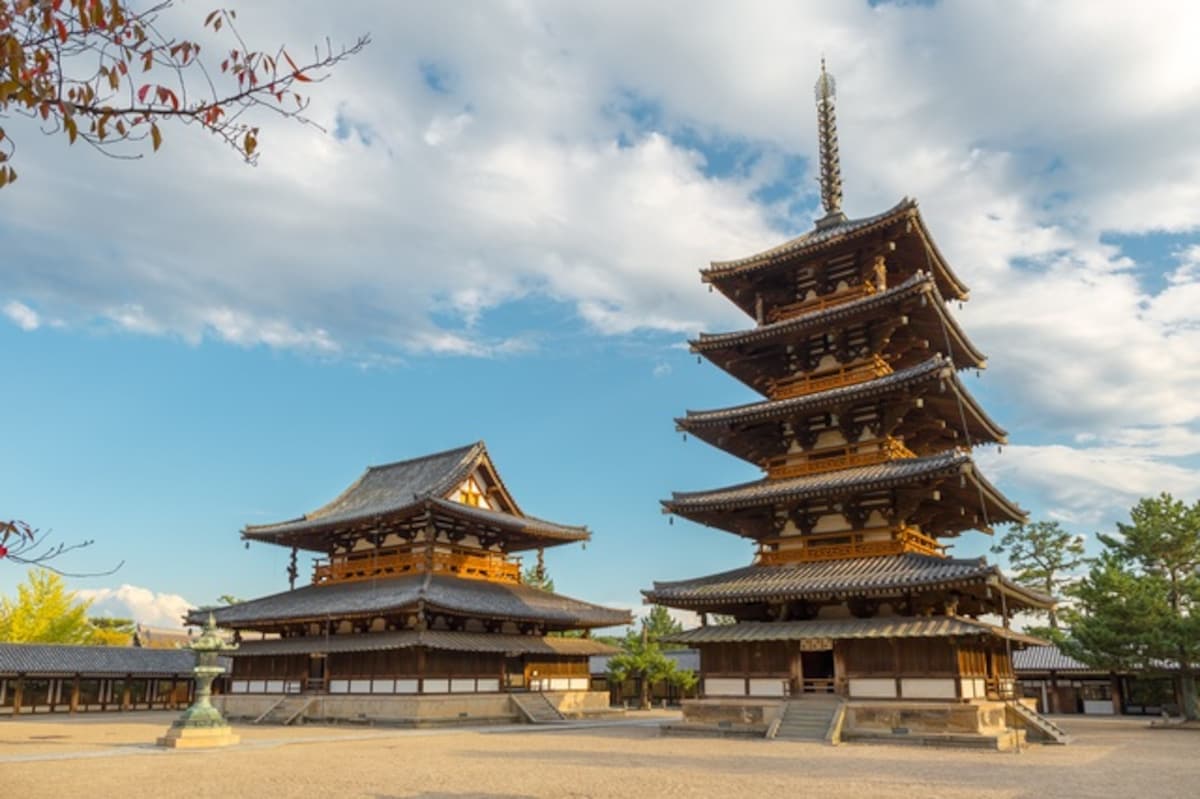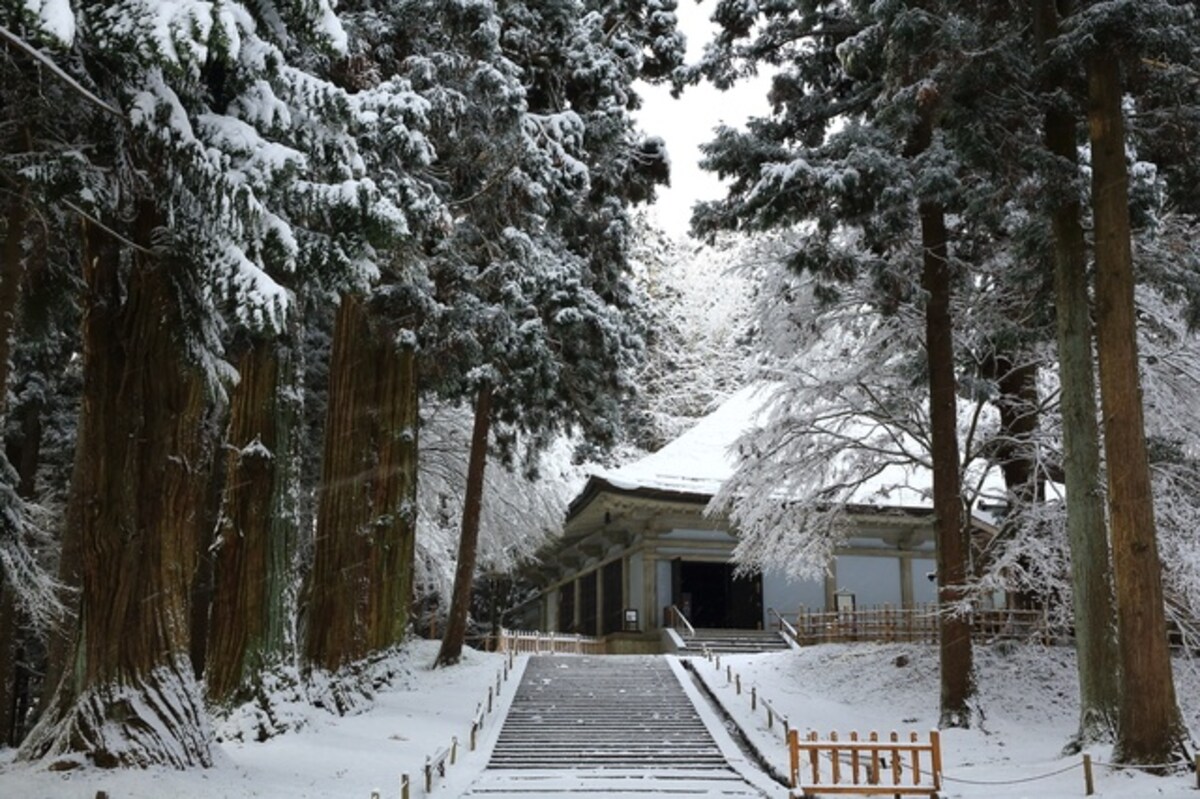Masanori Aoyagi on Japan's World Heritage
When the sites of Japan’s Meiji industrial revolution were added to the list of World Heritage Sites in 2015, Highlighting Japan spoke with then-Commissioner for Cultural Affairs Masanori Aoyagi, an art historian and former director general of the National Museum of Western Art. Here is what he had to say about Japan's World Heritage Sites.
By Highlighting Japan
What are the unique features of Japanese World Heritage Sites?
The UNESCO World Heritage Site system was originally devised with the protection of monuments of the Western world—such as vast palaces or cathedrals—in mind. By contrast, most of Japan’s cultural assets are small in scale and of wooden construction. At first glance, these seem frail and flimsy compared to their Western equivalents, but the way they have been designed to reduce environmental impact and are built to coexist with nature is of an exceedingly high standard seen nowhere else in the world.
For instance, at Horyu-ji temple in Nara, they have over time removed selected sections of the building that have rotted away and repaired them with new lumber. This process has continued up to today, bringing the edifice into the present and leading to its selection as a World Heritage Site. Something that can be said of all traditional Japanese wooden architecture in general is the way it incorporates the idea of using lumber from trees growing on the southern side for the building’s south side and from the north side of the plot for the building’s north side. This concept came out of the understanding that using lumber close to its point of origin achieves maximum resilience. This use of materials is born out of a Japanese philosophy of design, and is one of the elements that make Japan’s World Heritage Sites unique. We actively want to share this background and story of the design and ethos of Japanese architecture with the growing numbers of visitors to Japan.
A feature of Japan’s World Natural Heritage Sites is their sheer diversity. While Japan may seem like a small island nation when seen from abroad, it stretches 3,000 kilometers (1,864 mi) north and south, with 68 percent of the country covered in greenery. This means we have four rich, distinctive seasons and an abundance of nature. This special climate created conditions for such varied sites as Shiretoko, Shirakami-Sanchi, the Ogasawara Islands, and Yakushima Island.

Of the sites you have visited yourself, which are the most memorable?
One would be Iwami Ginzan Silver Mine and Its Cultural Landscape in Shimane Prefecture. This mine produced a vast amount of silver during the 16th and 17th centuries, almost twenty percent of the world total. However, the mine was dug with techniques that preserved the original form of the mountain. This site is a testament to Japan’s unique ethos of living in tandem with nature.
The second is Hiraizumi: Temples, Gardens and Archaeological Sites Representing the Buddhist Pure Land. This was built in the 12th century in Iwate Prefecture. In that far northeastern region removed from central Japan, there are temples and gardens that rival those seen in Japan’s old capitals, an architectural feat that speaks to the spread of a stable, uniform cultural style to all parts of Japan.
Please tell us about planned World Heritage Sites in Japan and their particular appeal.
One is Churches and Christian Sites in Nagasaki. Over a period of about four centuries—spanning a time when Christianity was both propagated and later forbidden—the unique architecture and traditions of this community developed a style of church that meshed with the undulating landscape of Nagasaki, creating unique vistas that are of extremely important cultural value.




